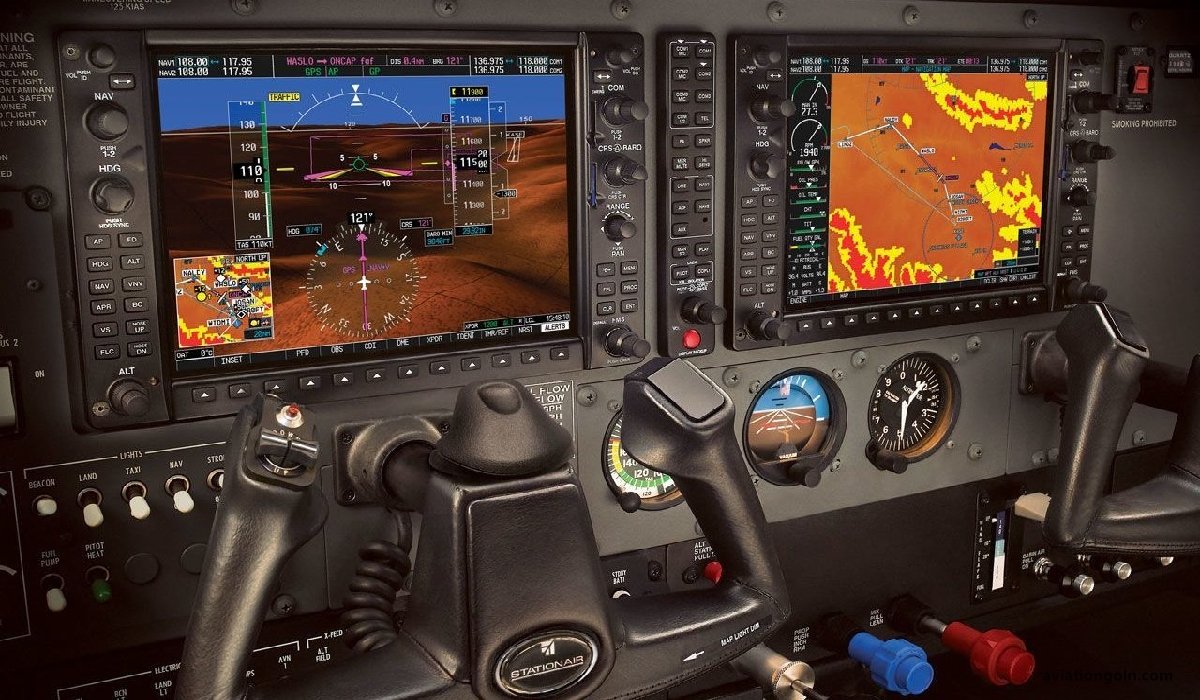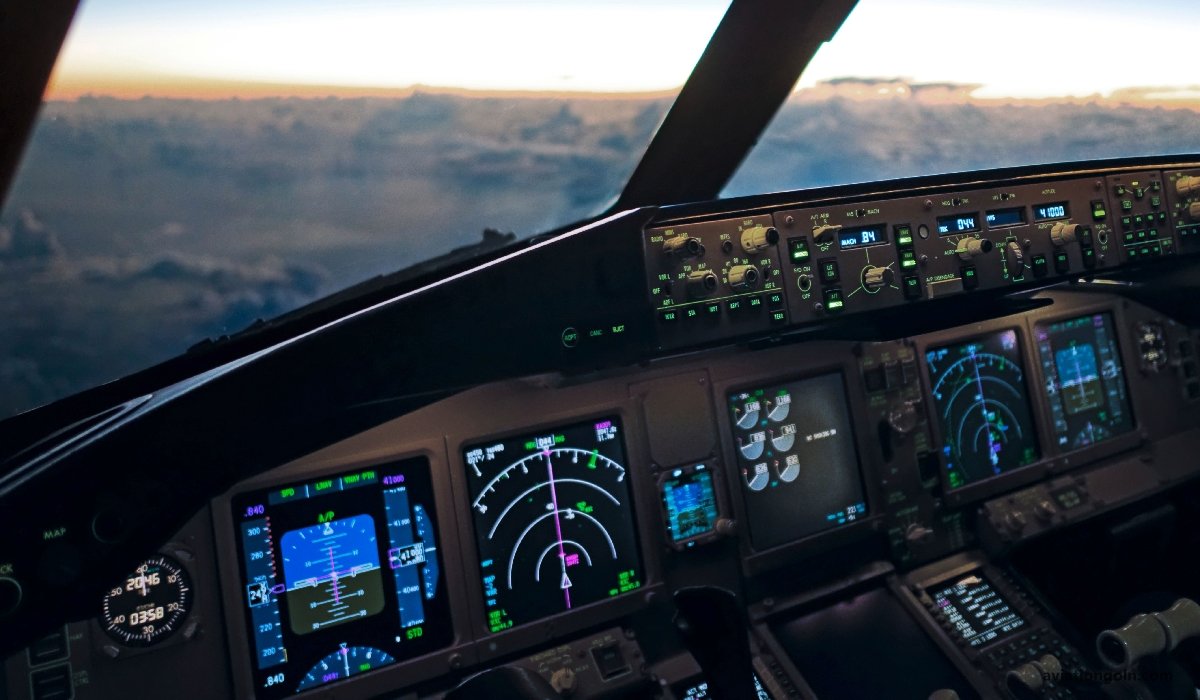Controller-Pilot Communication: In the dynamic, constantly moving world of aviation, clear, accurate, and timely communication stands as a crucial cornerstone. The intricate dance of takeoffs, landings, and navigating the skies happens seamlessly due to the diligent work of a key group of professionals—air traffic controllers.
The dialogues they conduct with pilots—whether routine or during emergency situations—ensure that every aircraft in the vast global airspace finds its path safely. This article delves into the significance of controller-pilot communication and the fundamental role played by air traffic controllers in shaping aviation safety.
Controller-Pilot Communication

Understanding Air Traffic Controllers
Air traffic controllers serve as the aviation world’s nerve center, often working behind the scenes. They work in control towers, approach control facilities, or en-route centers, managing the flow of aircraft through all aspects of their flight. Their primary goal is to prevent collisions, organize and expedite the flow of air traffic, and provide information and other support to pilots.
A controller’s job is highly demanding, requiring an exceptional level of concentration, excellent problem-solving skills, and the ability to make quick, sound decisions. Given the potential for multiple aircraft in a given airspace, the controller must ensure each follows the correct altitude, speed, and route, with sufficient separation from other aircraft. They achieve this using a blend of radar, computer equipment, and visual references, combined with their comprehensive training and in-depth knowledge of aviation rules and regulations.

The Vitality of Controller-Pilot Communication
The relationship between air traffic controllers and pilots is built on communication. Clear, concise, and quick exchange of information is essential in maintaining safe and efficient operations in the sky. Miscommunication or lack thereof could result in incidents and accidents.
Controller-pilot communication encompasses various operational aspects, including clearance for takeoff and landing, navigation guidance, weather updates, and emergency handling. Controllers guide pilots from the moment their wheels leave the runway until they touch down at their destination. Each instruction or information shared is vital to maintaining the safety and efficiency of the airspace.

Modes of Communication
Air traffic controllers primarily use radio communication to interact with pilots. The language universally used for this communication is English, allowing pilots and controllers worldwide to exchange information effectively. However, this communication extends beyond merely speaking the same language—it requires using standardized aviation phrases and procedures to avoid misunderstandings.
For instance, controllers often use the phonetic alphabet when communicating certain information like flight numbers or runway designations. This method reduces the chance of misinterpretation over radio frequencies, which may not always be crystal clear.
In addition to verbal communication, controllers use technologies such as data link communications, where text-based messages are sent to the aircraft’s flight deck. This method has the advantage of reducing misunderstandings due to accent or language proficiency differences and can be particularly useful in high-density or noisy environments.

Communication Procedures and Protocols
Controller-pilot communication follows strict procedures and protocols, ensuring the exchange of information is efficient, precise, and unambiguous. Every transmission includes an aircraft’s call sign to avoid confusion about who should respond. Controllers give instructions in a particular order and expect readbacks from pilots to confirm understanding and compliance.

Air traffic control phraseology is standardized and must be used by both controllers and pilots. This phraseology simplifies communication and reduces the risk of misunderstandings. For example, controllers will say “climb and maintain” when assigning an altitude, and “turn right heading” when assigning a specific heading. Such standardized phrases, universally understood by pilots, facilitate clear, concise, and speedy communication.

Handling Emergency Situations
In emergency situations, the role of air traffic controllers becomes even more critical. Controllers are trained to provide optimal solutions in such circumstances, guiding distressed aircraft to the nearest suitable airport and coordinating with emergency services.
During emergencies, clear, calm, and precise communication is crucial. Controllers must obtain essential information from the pilot, such as the nature of the emergency, intentions, fuel remaining, and number of people on board. They must relay this information to appropriate emergency services and provide pilots with the necessary assistance.

Challenges in Controller-Pilot Communication
Despite the well-established protocols, challenges can occur in controller-pilot communication. Accents, differing levels of English proficiency, and radio interference can lead to misunderstandings. Controllers are trained to recognize when a message might not have been understood and how to clarify or rephrase their instructions.
Fatigue and high workload can also impact communication. A fatigued controller or pilot may miss vital information or misinterpret instructions. The aviation industry has safety measures in place to combat fatigue, such as regulated work hours and mandatory rest periods.

The Future of Controller-Pilot Communication
The future of air traffic control points towards greater automation, aimed at enhancing safety and efficiency. New technologies, such as AI, are expected to automate routine tasks, allowing controllers to focus on more complex decision-making tasks.
However, technology will never completely replace the human element in controller-pilot communication. The ability to understand, adapt, and respond to rapidly changing situations in a nuanced manner is a uniquely human skill. Therefore, air traffic controllers will continue to play a vital role in aviation safety, their voices guiding aircraft through the skies.

Controller-pilot communication is at the heart of aviation safety. Air traffic controllers bear the immense responsibility of ensuring millions of passengers reach their destinations safely every day. Through clear, concise, and effective communication, controllers and pilots work together to perform the remarkable feat of flight. This intricate dance of spoken words and understood meanings, played out over radio waves, is a testament to the importance of human skills in our increasingly technology-driven world. Air traffic controllers, indeed, shape the safety and efficiency of our skies, one transmission at a time.
